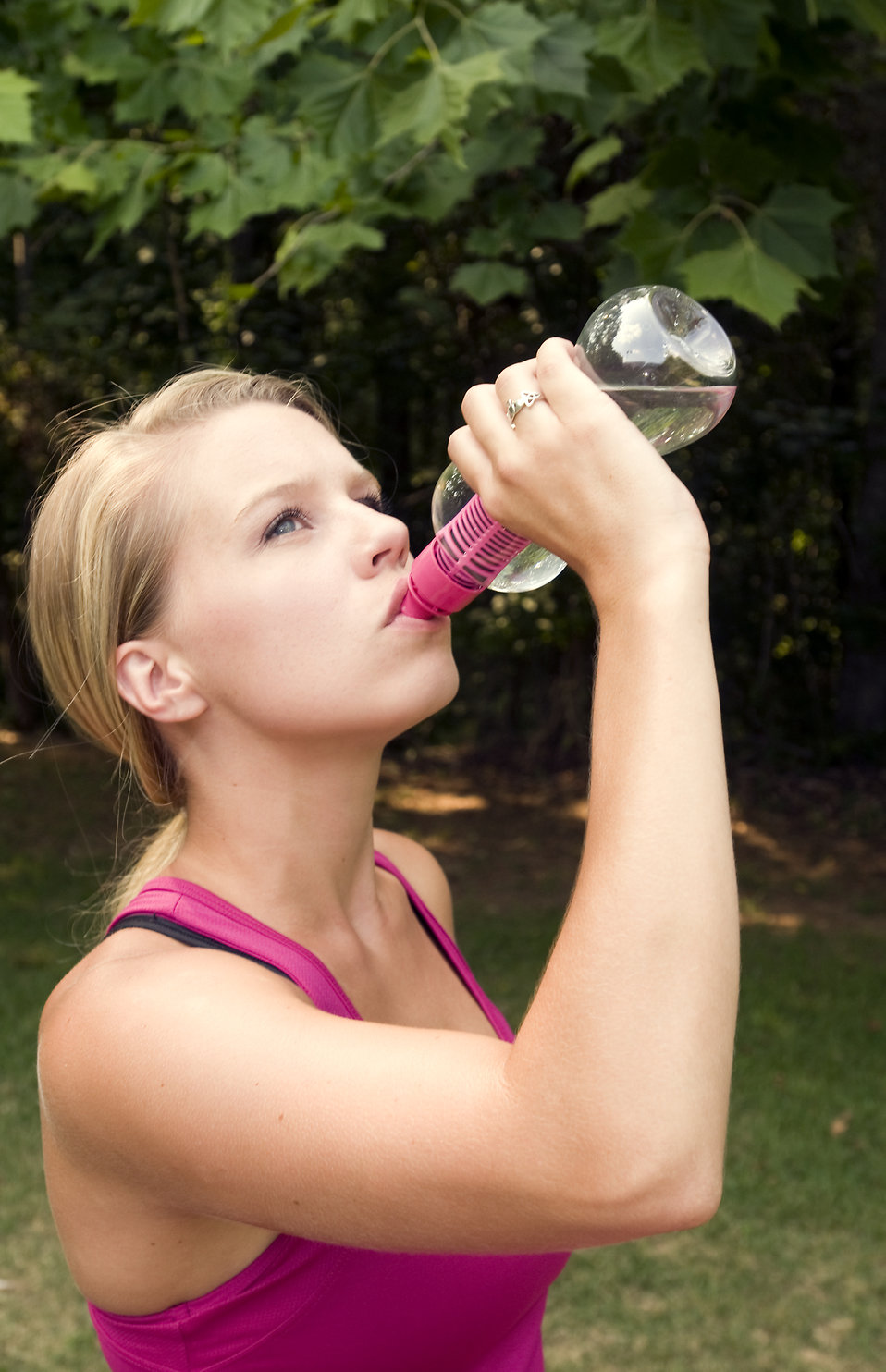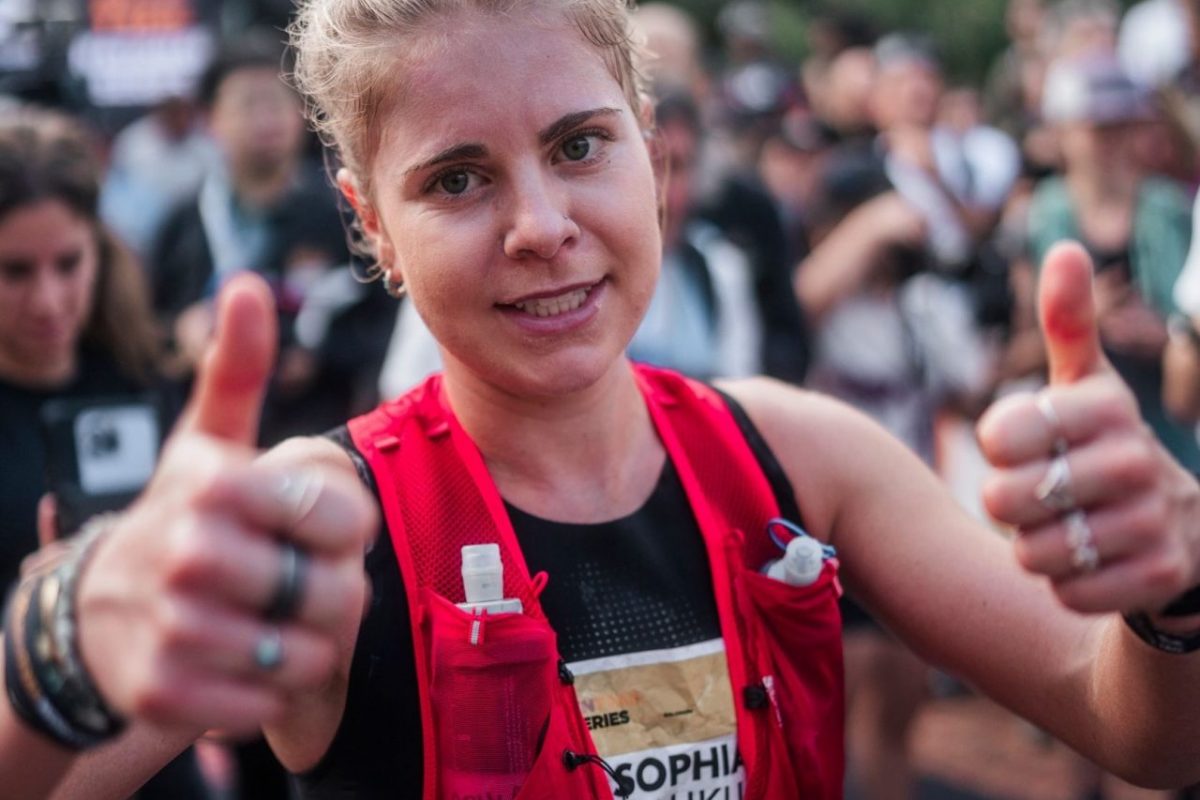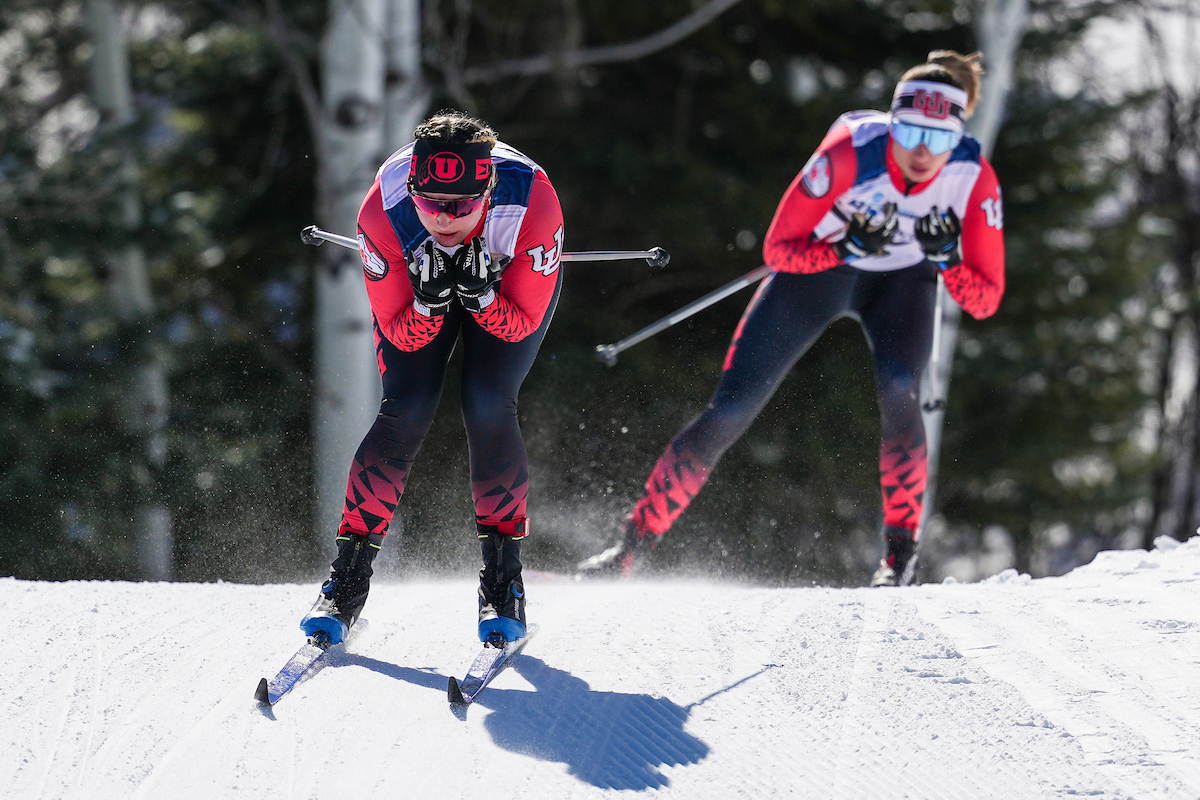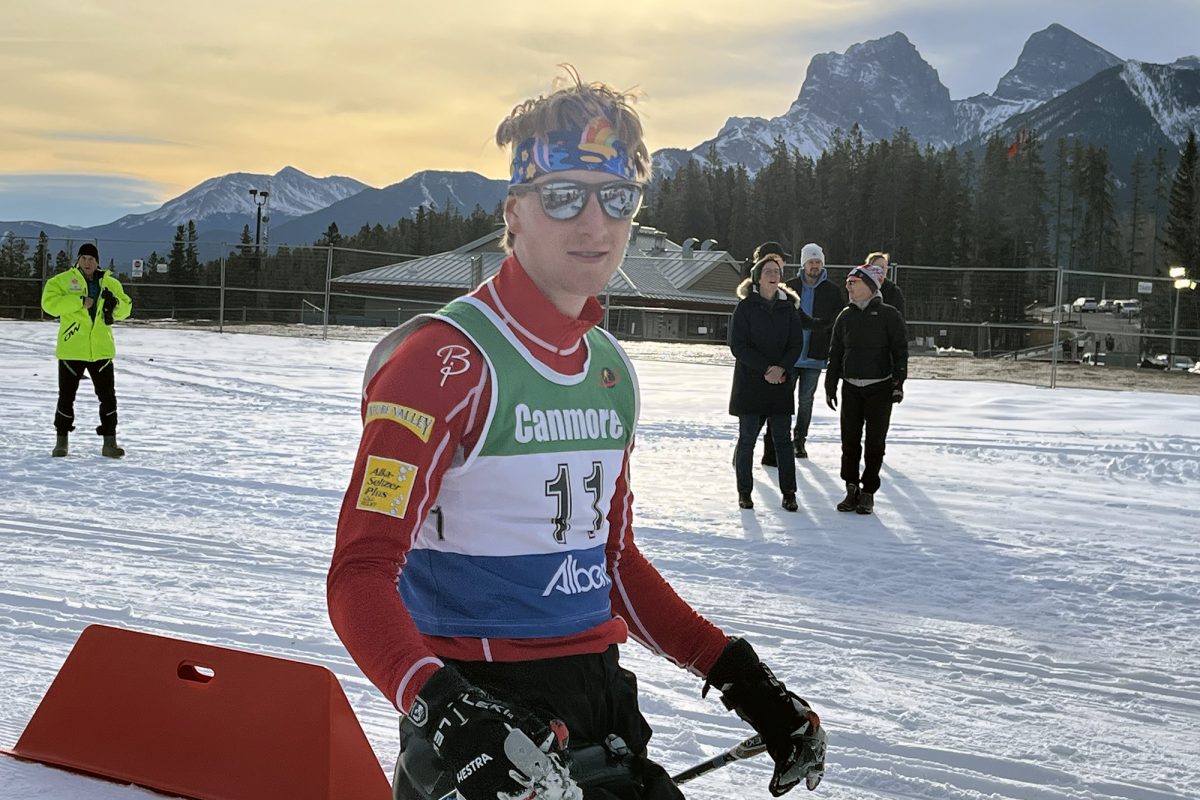
Anti-doping administrators have worried for years that athletes were dodging tests by chugging water.
Some call it “void-drink-wait.” If doping control knocks on the door, an athlete could urinate, then drink a half liter (or more) of water, and then wait to provide a sample until that water diluted a drug. Some cyclists caught doping have admitted to this strategy.
It was so widespread that it’s described as a method for beating tests on forums about performance-enhancing drugs, and that doping officials at events such as the Pan-American Games are instructed to note on a supplementary form if an athlete appears to be drinking a particularly large quantity of water.
“It is another way to try and dilute the blood other than infusion,” Dr. Jim Carrabre, the International Biathlon Union’s Vice President for Medical Issues, told FasterSkier.
A new study investigates how such behavior could impact not only doping tests themselves, but also blood parameters which are used as part of the Athlete Biological Passport (ABP).
That program repeatedly tests athletes’ blood to establish baseline values for a number of blood markers like hemoglobin, red blood cells, and mean corpuscular volume. Although these markers change through time with the effects of training or elevation, for instance, bigger abnormalities compared to the baselines might indicate blood doping.
There have been relatively few suspensions to date based on the ABP alone.
Carrabre estimated that drinking a large volume of water could impact ABP markers in small ways, but that it would be hard to drink enough water to make a difference.
The study was headed by Dr. Jakob Mørkeberg of the mass spectroscopy unit at Copenhagen’s Rigshospitalet (and also a consultant to Anti-Doping Denmark) and written by University of Copenhagen research assistant Jacob Bejder.
They used 20 recreational athletes as test subjects, and dosed them with an “aggressive” regimen of recombinant erythropoietin (EPO) for three weeks. Afterwards they had a ten-day “washout” period before being microdosed with a different form of the drug.
The morning after the microdose, the athletes were woken up and a blood sample was taken. Then half had a “normal” drink of water, while the others chugged a liter, deemed “hyperhydration”. Blood samples were taken again at 20, 40, 60, and 80 minutes afterwards.
A few days later, the microdose procedure was repeated, with athletes who had initially had a normal treatment now drinking the one liter of water, and vice versa. This controlled for athlete-to-athlete variation.
The researchers then compared ABP markers from that early-morning blood sample through time after the 20, 40, 60, and 80 minutes.
“There are individual thresholds for the athlete that needs to be exceeded,” Mørkeberg wrote in an email of the ABP parameters. “These are based on the likelyhood of only 1 in 100 clean athlete would exceed these. If exceeded the profile is evaluated by experts. The parameters are normally looked at together and support each other. Nevertheless, each of them alone can be used to sanction an athlete if is atypical.”
Reporting in The Scandinavian Journal of Medicine and Science in Sports, they found that after about 40 minutes, both hemoglobin concentration and off-scores were affected by the hyperhydration treatment.
“The important thing is not to let the athlete ingest massive amounts of water before sample collection, at least not if the period from drinking to sample collection exceeds 30 min,” Mørkeberg wrote.
But to back up, what is an off-score? It’s one of the ABP markers, which is calculated from two others.
“It is an algorithm where the hemoglobin concentration (hb) and the relative amount of young red blood cells (reticulocytes) are combined,” Mørkeberg explained. “High hb together with a low number of reticulocytes gives a high off-score. Low reticulocytes is a result of low production of red cells. This is seen when your body has many red blood cells and hence hemoglobin. Your body senses this and reduces its own production.”
After blood doping, reticulocyte production is often extremely low because the body already has plenty of healthy red blood cells.
If the phrase “off-score” sounds familiar, it might be because of British marathoner Paula Radcliffe, whose data was among those leaked in the International Association of Athletics Federation scandal and was deemed “suspicious.”
From that data alone, it can be hard to tell if someone is doping, as Dr. Ross Tucker explained in an excellent blog post on Science of Sport about the Radcliffe saga.
Indeed, even in the athletes who had only “normal” water intake, the ABP data was not always sensitive enough to detect changes or trigger that threshold for a given athlete (two blood samples had been taken before the study began to establish baselines).
Using hemoglobin concentration and off-score, only 45 percent of the “normal” samples would have triggered an ABP positive, and 18% of the hyperhydration samples.
Including another parameter, the Abnormal Blood Profile Score, would have improved that to 67% and 45 percent. But that score, which combines several markers, is not yet approved for ABP use.
The lack of detection – which contributes to the small number of ABP cases actually pursued by administrators– could be because many things affect blood.
For instance, training or racing, elevation, or heat exposure can shift plasma volume by as much as 10 percent, while drinking the liter of water shifted it by only 5 percent. That makes determining whether parameters which are based on the concentration of something in the blood, such as hemoglobin, tricky to interpret.
In the Radcliffe case, the marathoner said that her off-scores were high because she had raced in nearly 90-degree heat in Portugal and was dehydrated. The explanation is not completely implausible based on the known effects of dehydration on plasma volume, and is useful when thinking about the effects of hyperhydration – if the sample had been taken a few hours later and Radcliffe had begun rehydrating, her off-score would have gone down and been deemed less suspicious.
Thus it is clear tat manipulating plasma volume can reduce the abnormality of blood passport markers. In fact, the researchers tried to test whether albumin, a blood plasma protein, could be used to detect big changes in plasma volume. But in this study, that was not the case, meaning that hyperhydration remains impossible to detect without directly observing the act – and thus it remains hard to tell whether changes in blood markers are due to natural variation, or more sinister masking strategies.
“It would really mean a lot if such a marker could be developed,” Mørkeberg wrote. “Only time will show if anyone will be successful.”
The upside, however? If an athlete sometimes uses this “void-drink-wait” strategy, but not always, their ABP could become increasingly volatile over time, which could tip off anti-doping testers.
“It would be almost impossible in my mind to alter the off-score in a consistent and predictable way by drinking fluids,” Carrabre told FasterSkier. “You have to remember that it is the variations in the passport module numbers that lead to suspension, so even diluting a normal person’s blood could potentially lead to a positive passport. Remember that manipulation of blood equals positive passport. The cause for the manipulation is irrelevant.”
Chelsea Little
Chelsea Little is FasterSkier's Editor-At-Large. A former racer at Ford Sayre, Dartmouth College and the Craftsbury Green Racing Project, she is a PhD candidate in aquatic ecology in the @Altermatt_lab at Eawag, the Swiss Federal Institute of Aquatic Science and Technology in Zurich, Switzerland. You can follow her on twitter @ChelskiLittle.



